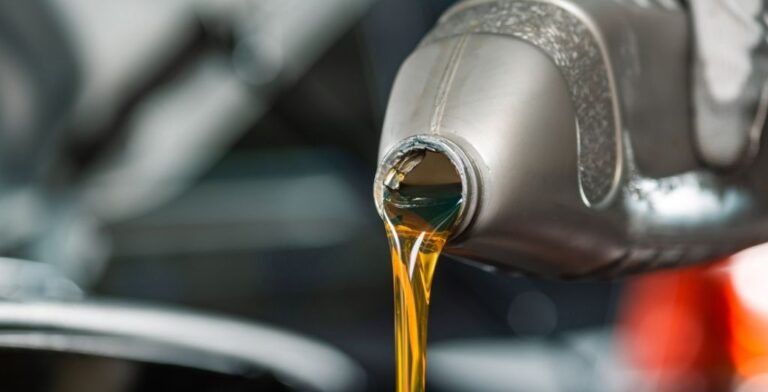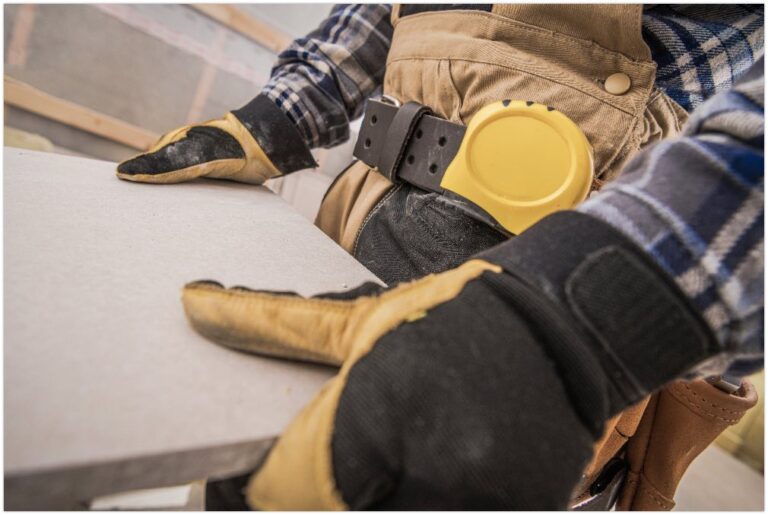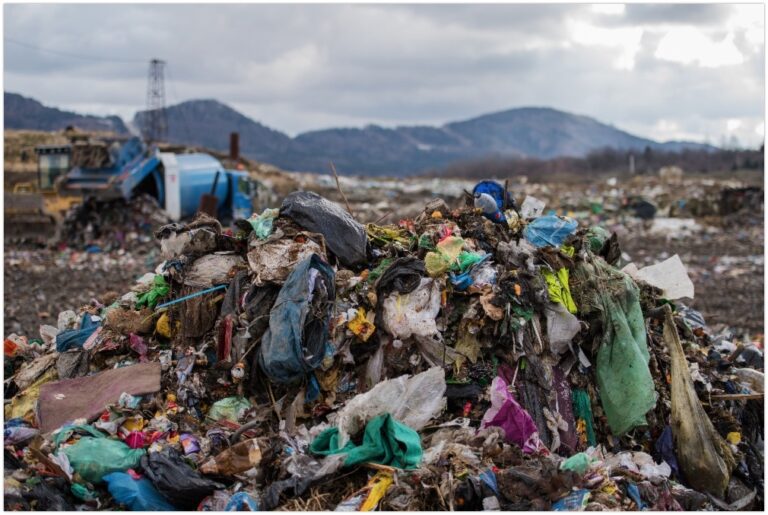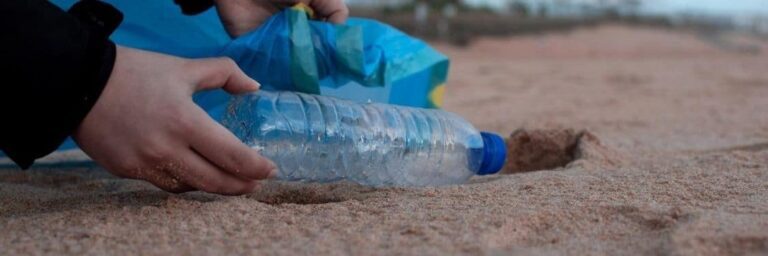Identifying various methods of disposing of wastewaters allows you to take care of such residues safely and efficiently. Whether you own a house or business, ensuring proper liquid waste disposal is essential to prevent unnecessary health, safety, and environmental risks.
Liquid waste has different categories, depending on the potential dangers it can bring to the environment. It can come from septic tanks, industrial processes, solvents, pesticides, wash-waters and other forms of residues.
Not knowing the proper ways of handling and disposal of these types of refuse can inflict serious harm to public health safety and the environment. Since you’ll need to get rid of liquid waste now and then, it’s essential to understand how you can dispose of such residue in the right way.
If you have a substantial volume of liquid waste to take care of, here are some of the types of disposal methods you can use to deal with it.
Dewatering
One common method of liquid waste disposal is dewatering. It works well with non-hazardous wastes, making them easy to dispose of properly. This process typically involves the removal of liquid until solid materials remain.
The facility uses a sturdy bag to pump out the liquid waste from the rubbish. Since landfills don’t usually accept free liquid, the water needs to undergo filtration and treatment as needed.
There are several ways of dewatering waste materials. Rubbish disposal centres can use a centrifuge to rotate wastes at high velocity, separating the liquid and solid materials. Belt filter presses may also be an option of a dewatering method, typically used to treat sludge, a semi-liquid scum from sewage.
Sedimentation
Another way to deal with liquid waste is the process of sedimentation. It’s similar to dewatering, but instead of using a centrifugal force, it uses gravity to separate the liquid from solid waste.
Waste treatment facilities use large tanks to serve as a sedimentation basin. This process does not use high-pressure equipment but gravity to split the two materials. As the wastewater gently flows inside the basin, the solid particles suspend at the bottom to form a sludge.
Once completed, the solid materials will then get removed from the basin, with only liquid waste remaining for filtration, treatment, and recycling. Solid wastes will then go to the landfills.
Root-Zone Treatment
Wastewaters from the kitchen, bathroom, and sinks are some of the most toxic wastes you can create daily. One useful method of dealing with these residues is root-zone treatment. It involves multiple waste filtration processes, making the treated water clean enough for recycling and safe for the environment.
During root-zone treatment, wastewaters go into a sedimentation tank and then undertake a series of filtration processes which may include pretreatment sedimentation, anaerobic reactor and filter, and plant-filled gravel filter. The overall method expects a result of water that reaches the standards for release into nature.
Moreover, this method provides several benefits, including energy-savings, environmental-safety, and ease of maintenance. Root-zone technology typically uses only about 20% energy of a standard sewage treatment plant. It is also safe for the environment and does not demand frequent maintenance and care.
However, since it includes numerous elements, this method can be costly and need complex installation, making it unavailable in some localities.
Incineration
Some facilities use incineration equipment to get rid of hazardous wastes. The heat coming from these specialised furnaces can eliminate oils, acids, chemicals, and other waste materials with only water left behind.
Although incineration is a popular method of disposing of hazardous rubbish, it’s not always ideal for liquid waste disposal. Unlike the other processes, incineration is a more harmful approach as it produces toxins and greenhouse gases into the environment and atmosphere.
It’s also quite expensive to install, operate, and maintain. Yet, some facilities still opt for this method because it only leaves little quantities of waste behind.
Solidification
This method uses binding agents to turn liquid waste into a compact and firm, solid material that’s easy to dispose of. Most solidification processes utilise asphalt or cement for support, sawdust, lime ash, and fly dust or phosphate to make the wastewater bulky and rigid.
Solidification alters waste materials’ overall physical properties, making them firmer and sturdier while enclosing any hazardous elements. It usually combines with the stabilisation process, which makes harmful substances less permeable into the environment.
Although solidification is inexpensive and easy, excess solid waste materials can bring a problem, especially during transportation and removal. They may need a considerable amount of space in the landfill and higher transport and disposal costs.
Composting
Compared to other types of liquid waste disposal methods, composting is a fairly inexpensive one. It’s also safe for the environment and can benefit the soil and plants.
It’s a better alternative when you want to dispose of your liquid waste in a more natural way. The process involves removing water from wastes, leaving only organic matter with nutrients. Both of these materials will then turn into fertiliser to help in the growth of plants and crops. Liquid waste contains nitrogen, potassium, and sodium, which are good for vegetation.
A rubbish treatment facility near you may be capable of turning non-hazardous wastewaters into compost. You may contact one if you have further clarifications about this method.
Conclusion
Liquid waste needs proper methods of disposal in order to keep the environment safe from its harmful effects. Knowing the different ways of handling such residues allows you to decide what proper measures to undertake to protect your surroundings.
Methods such as dewatering, root-zone treatment, and composting can effectively help in eliminating liquid waste safely and properly.
Now that you’ve gained some ideas and know-how about liquid waste disposal methods, you can take action by choosing to work with a professional and trusted rubbish management company in Sydney — Paul’s Rubbish Removal.
We are an innovative company with broad and remarkable experience in handling all sorts of wastewater and rubbish materials in the Sydney region. Our team provides various types of liquid waste disposal treatments following EPA rules and regulations.
You’ve got a variety of options once you decide to partner with our team. We won’t only dispose of your liquid waste but also take care of other rubbish types in your area. Our reliable team is within your reach for fast rubbish removal services in Sydney, call us anytime at 0407 125 125.







